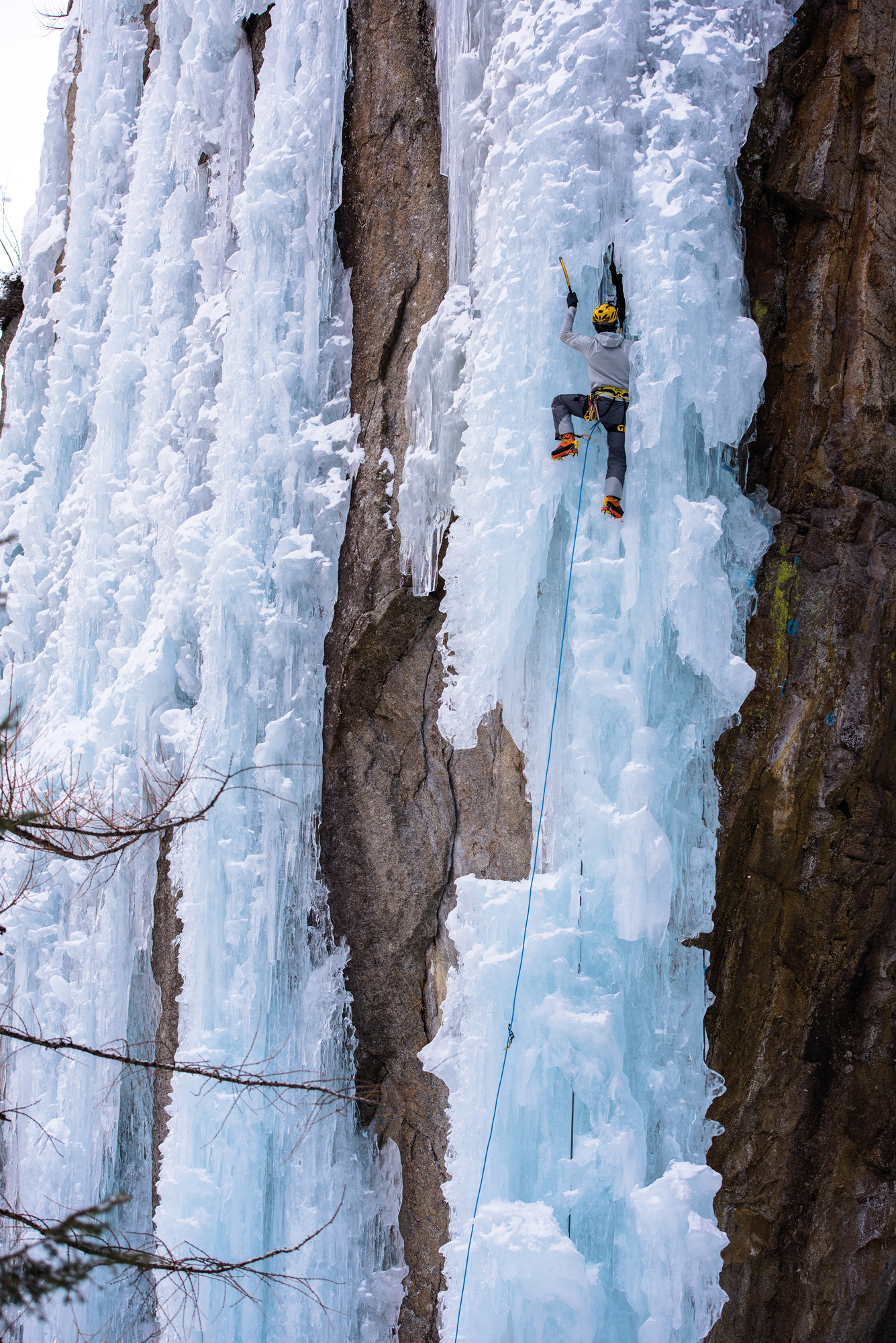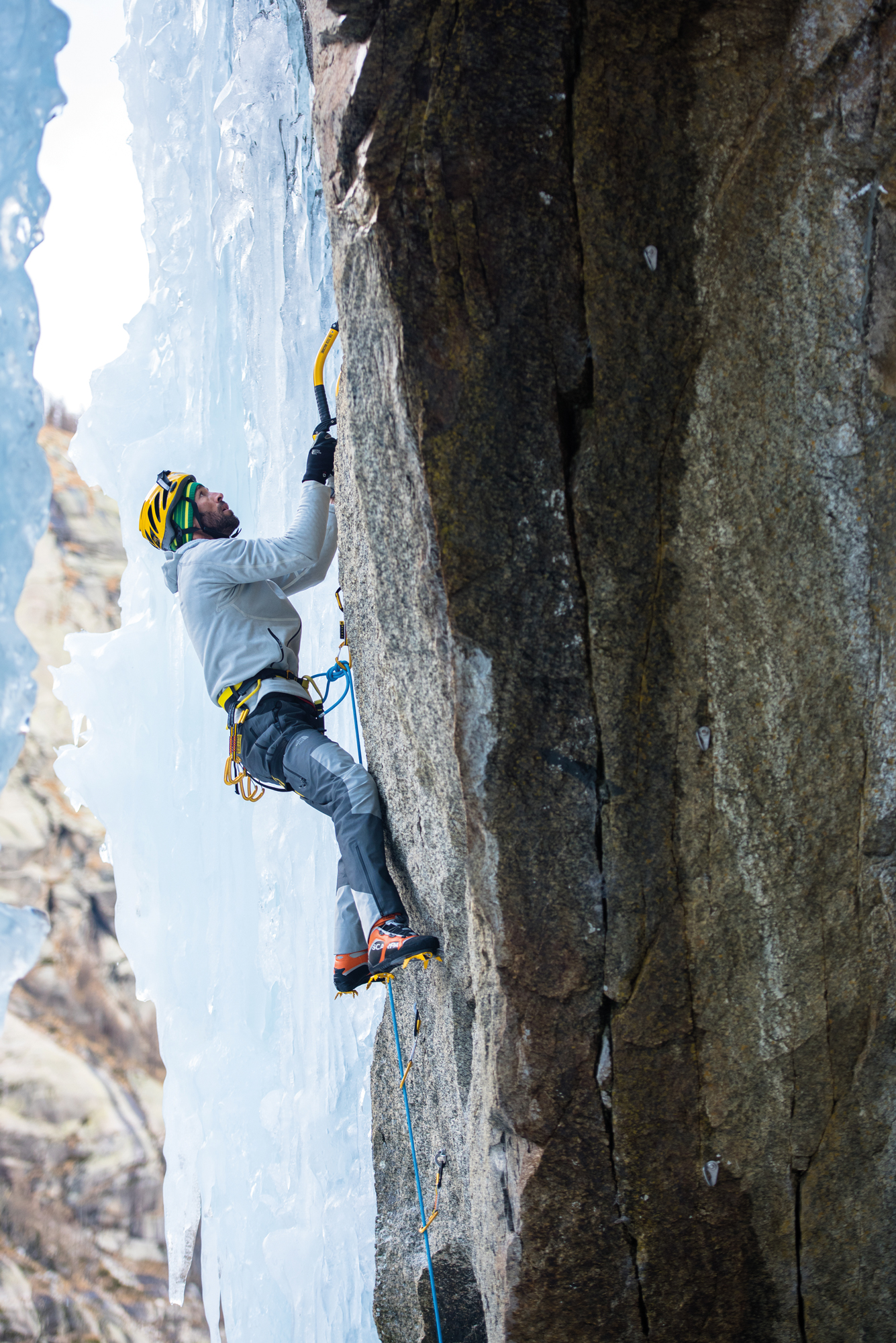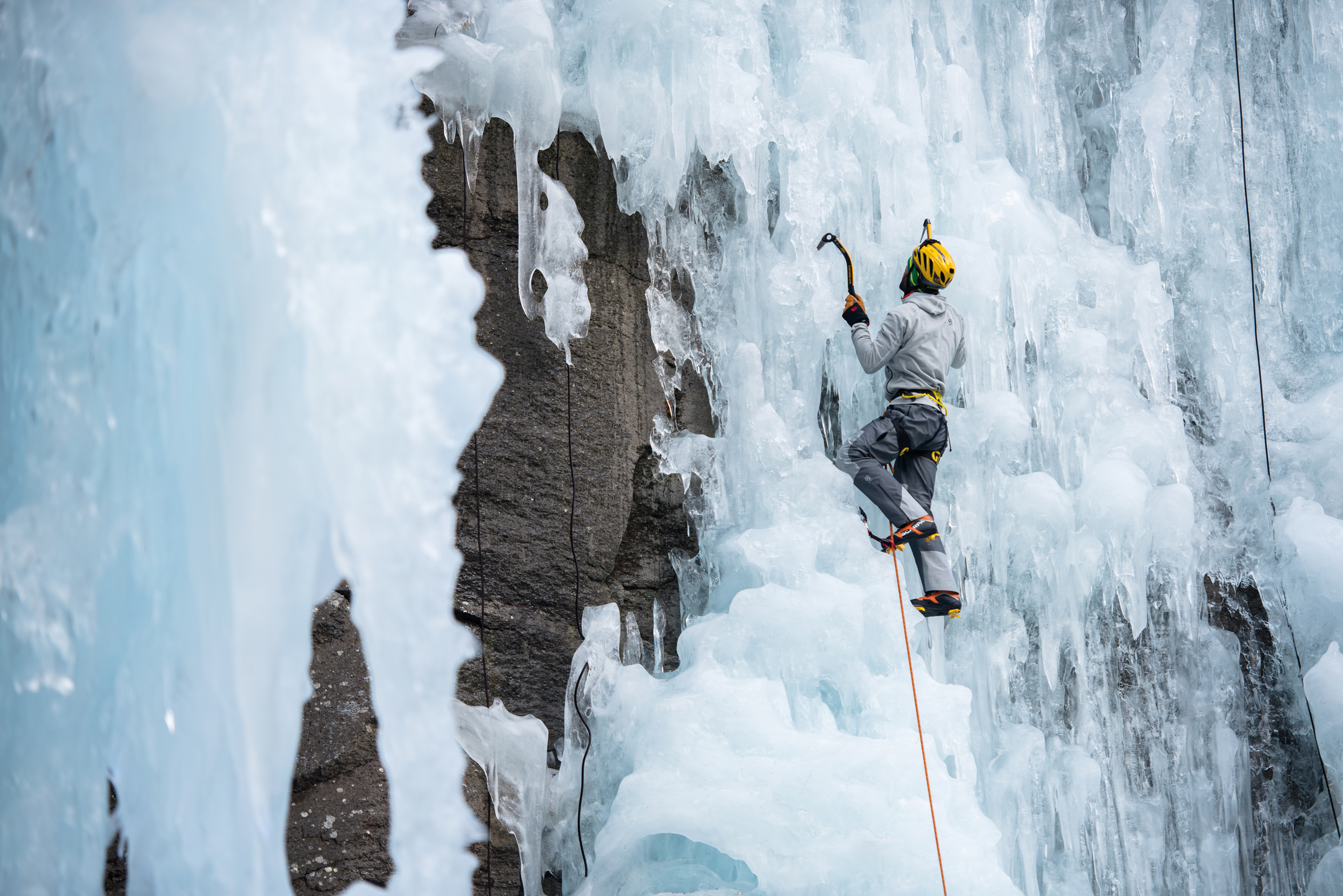Hervé Barmasse: Alpine resilience and prospects for the peaks of the future
The mountaineer, heir to Bonatti and Messner, shares a profound and heartfelt reflection on what is best for the future of our peaks: no criticisms, but solutions.
Hervé Barmasse has experienced many ways of living the mountains: at 16 he was a promise of alpine skiing in the downhill and giant slalom categories, until an accident cut short that possible career. “Forget about skiing, you’ll be lucky if you can walk again” doctors told him. However, Hervé not only put his skis back on, but then he also became a ski and even snowboard instructor. However, he didn’t find his true passion on piste, as he believed when he was sixteen, but in that contact with the mountains reserved for a few people, on the most impervious routes and in the most extreme conditions. Today he is the Italian mountaineer who is preparing to take on the legacy of giants such as Walter Bonatti and Reinhold Messner and he’s quite qualified to talk about the future of our mountains, understood both as geological formations and as areas and communities. Hervé can talk about the future of mountain tourism not only because he is a profound connoisseur of this environment and because he loves it very much, but also because he has experienced many times what it means to have to change direction, reformulating what he believed was the right path. It happened when he was sixteen years old with the accident, it happened again when he almost died hit by an avalanche while climbing an icefall in Pakistan, and it happened on Shisha Pangma, his first eight-thousander climbed in alpine style and abandoned three meters below the summit because the snow under him and under his partner David-Göttler was giving way. In short, Hervé is someone who has trained and cultivated his resilience, just like he did with his incredible mountaineering skills.
A resilience that needs to be cultivated and trained by all those mountain communities that have based their subsistence on alpine skiing and on ski areas, but which today, due to climate change and drought, find themselves forced to rethink their offer, if not in the immediate future, certainly in the near future. I was lucky enough to be able to spend two days together with Hervé in Breuil-Cervinia, an area that is home for him, dominated by that mountain, Matterhorn, which for him is a constant source of inspiration. That same mountain is where he has accomplished most of his challenges: new routes, solo ascents, winter ascents and enchainments, but above all it’s the place where he found hope again after the accident thanks to his father Marco, a mountaineer and mountain guide just like him. “Here in Breuil-Cervinia and Valtournenche, at 3800 meters high, we are really lucky, but mountain tourism needs to be rethought from the basics.”
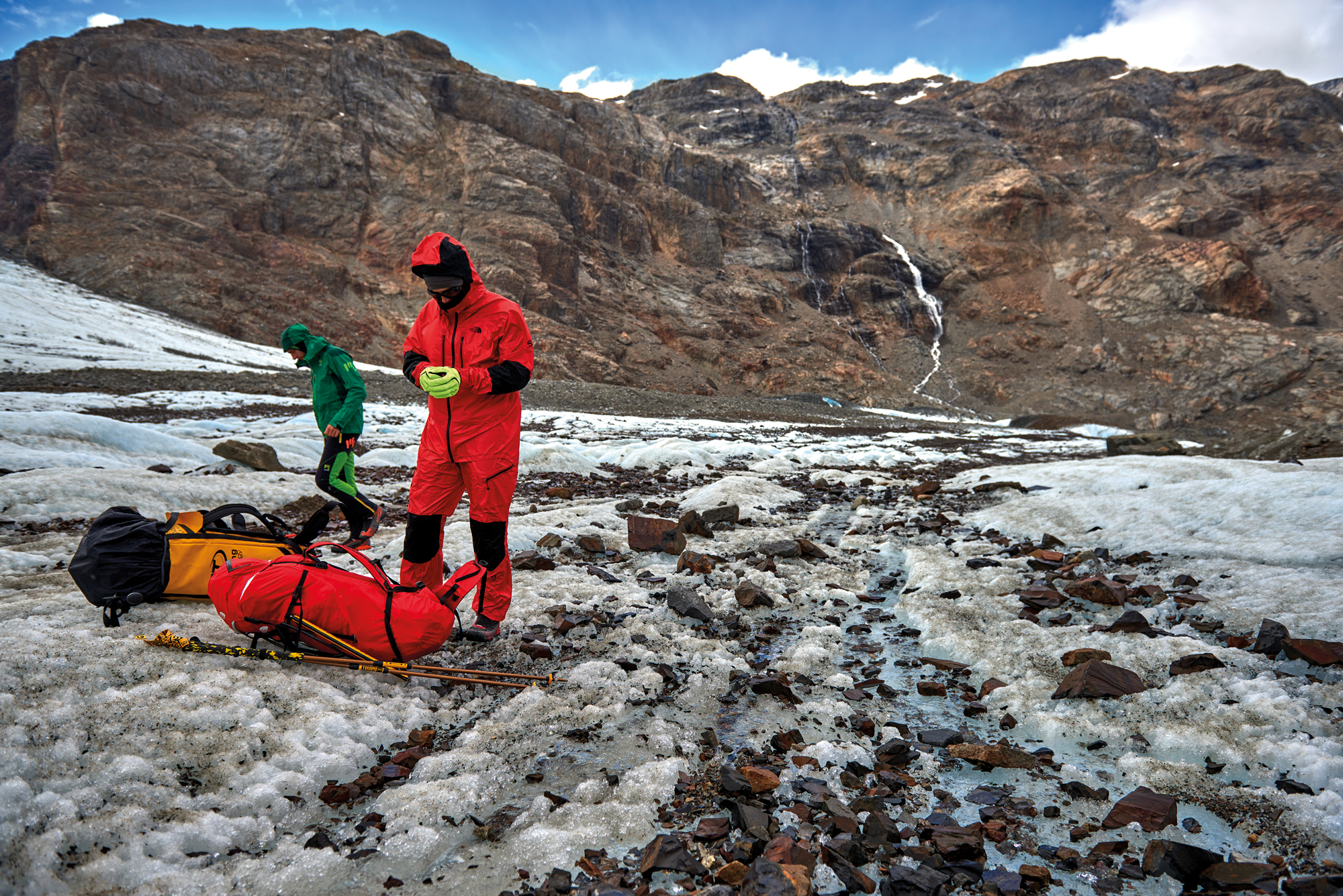
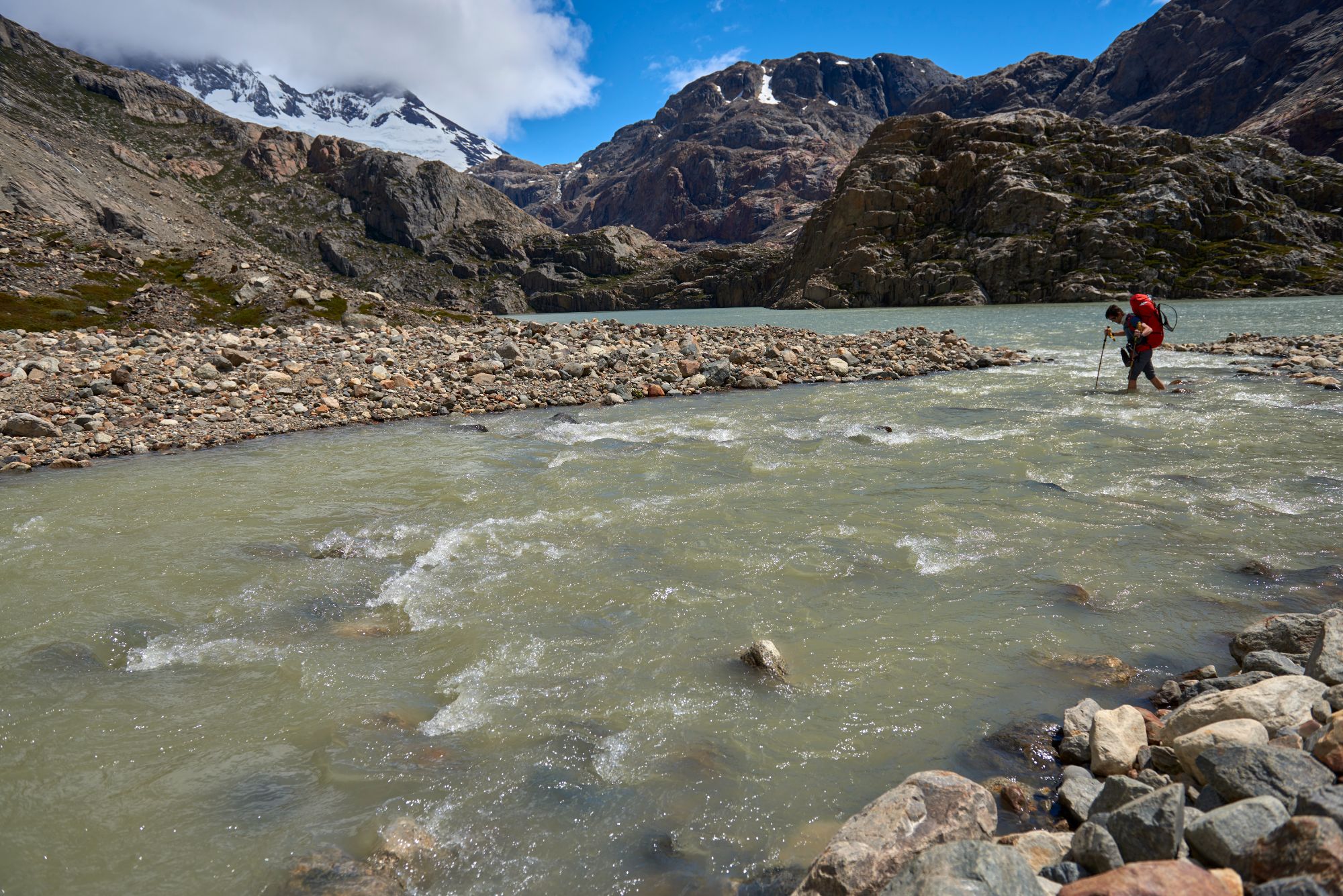
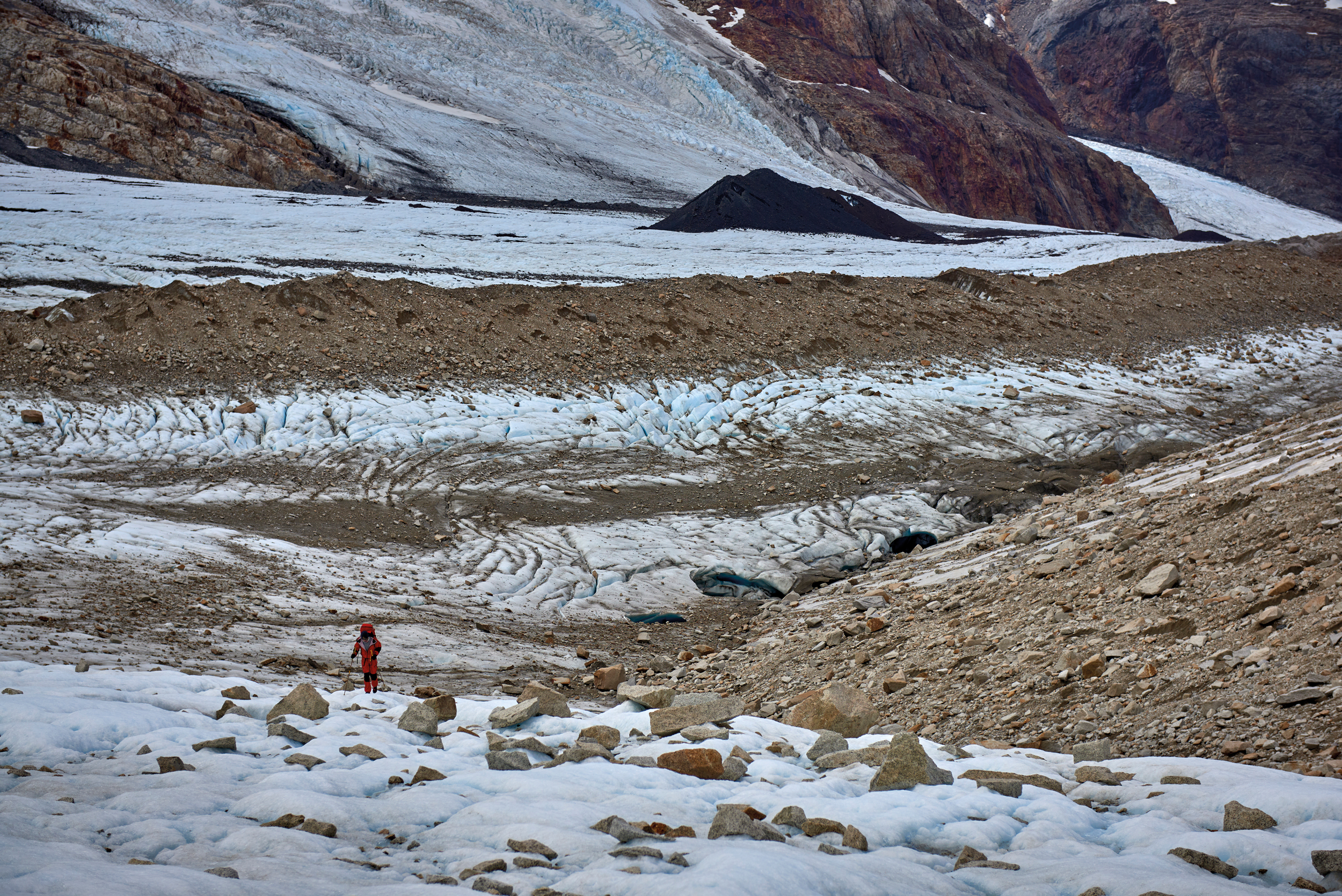
It’s Saturday night and we’re at the Teodulo refuge, at 3337 meters above sea level, it’s the end of November and it has already snowed a lot, outside (it’s 9pm) the thermometer says -15 Celsius degrees. It would seem that everything is ok, but if you are a mountaineer you won’t get fooled by what “seems” ok. “Winters are getting milder, summers are getting hotter and this year we talked about drought for the first time: the future of our winter seasons, especially concerning winter tourism linked to ski resorts, definitely needs to be rethought. In particular for those resorts that try to survive between 1000 and 1500 meters: by now that has become an altitude where enormous efforts need be made to use artificial snow, but we must understand that if there will continue to be a lack of water and drought, that water will probably need to be used elsewhere.”
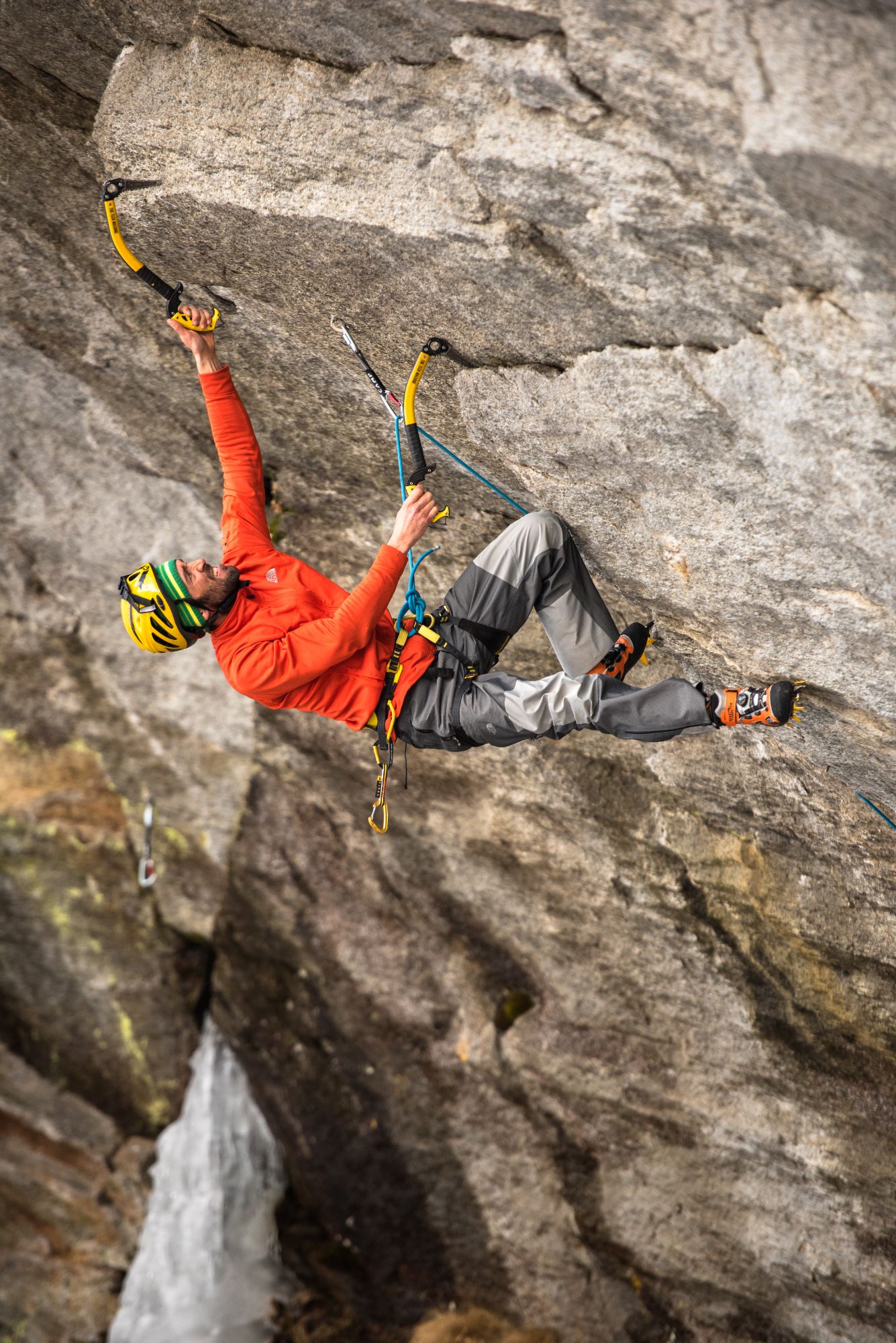
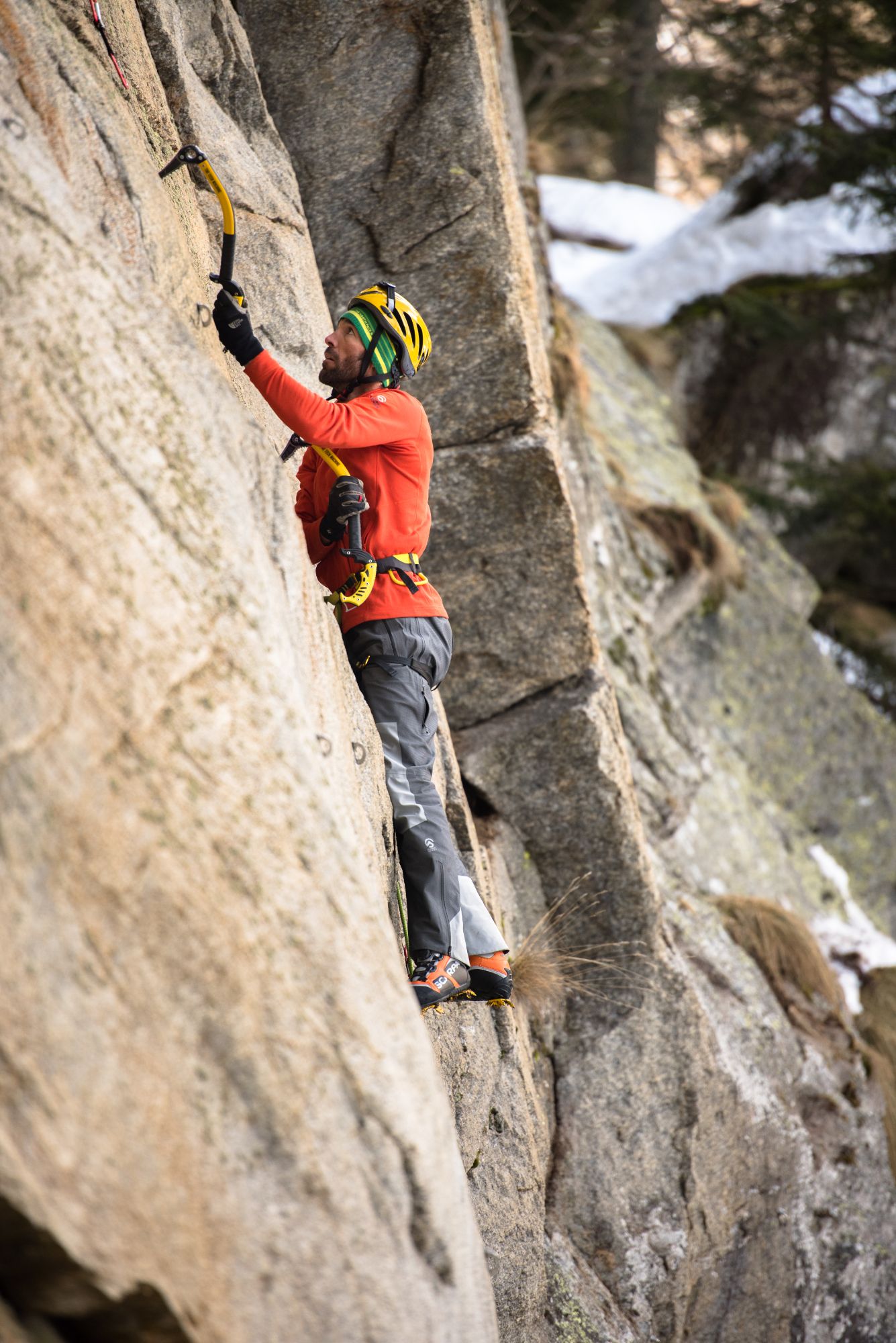
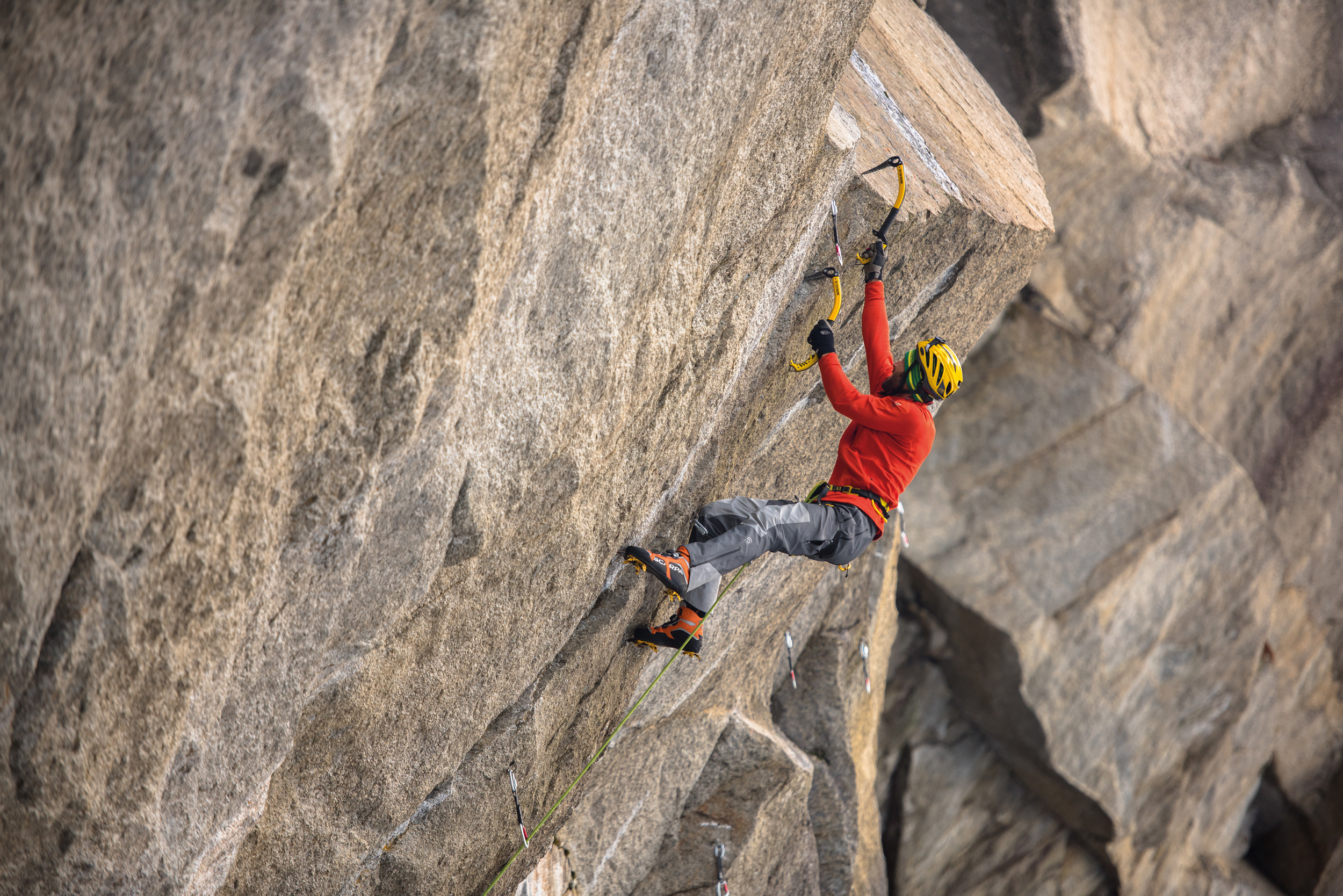
So? What can we do? “We have to change and we have to do it now so it will a moderate and gradual change. We must be able to offer a kind tourism that will be different from how we know it, an alternative model that will still take people to the mountains. If we don’t do it now, and we don’t start immediately, then we will risk a lot. For resorts that are located from 1500 meters upwards, the future seems a little better, but even there we have to be careful, because it is only a matter of time now.” In fact, the issue that animates the mountain world in recent months concerns precisely the survival of ski areas as we know them: “I believe that it is short-sighted to point the finger only at ski resorts, to imagine of closing them: surely we need a change, but this step must be prepared. Beyond how snow will be produced if there is no snow, another important question linked to ski areas concerns the amount of people who go there condensed into a few winter months. Can a mountain accommodate 5000, 6000 cars? There are many questions connected to the activity in those areas, but we must also look at the related industries that generate this type of tourism, and we must understand how to replace it. Just closing places, where there is also a social responsibility of the economic induced that an activity like alpine skiing generates, simply does not make any sense.”
Are you talking about grants? “The first thing we need are ideas, and then money to make them happen. But it’s us who need to have those ideas, what does a politician know about what life in the mountains is, the reality of the mountain people and the reality of these resorts? It’s those who experience these realities who must commit themselves to finding new solutions, then politicians must help us realize them. But we must pay attention to one thing: we cannot imagine the same numbers as in the past, something must change. We have to get to a point where we recognize that what we have is enough for us, it brings us enough money, and we have to understand that we need to stop: exaggeration does not lead to sustainable tourism, but to its collapse. We need also another thing: stopping sterile criticism. We as mountain people have to commit ourselves to starting a fruitful discussion about our future, and not limit ourselves to speaking with tranchant slogans. We can’t stop skiing, just as we can’t shut down factories or cities. Milan pollutes, so what do we do, shut down Milan? We need a change, but it will have to be gradual.”
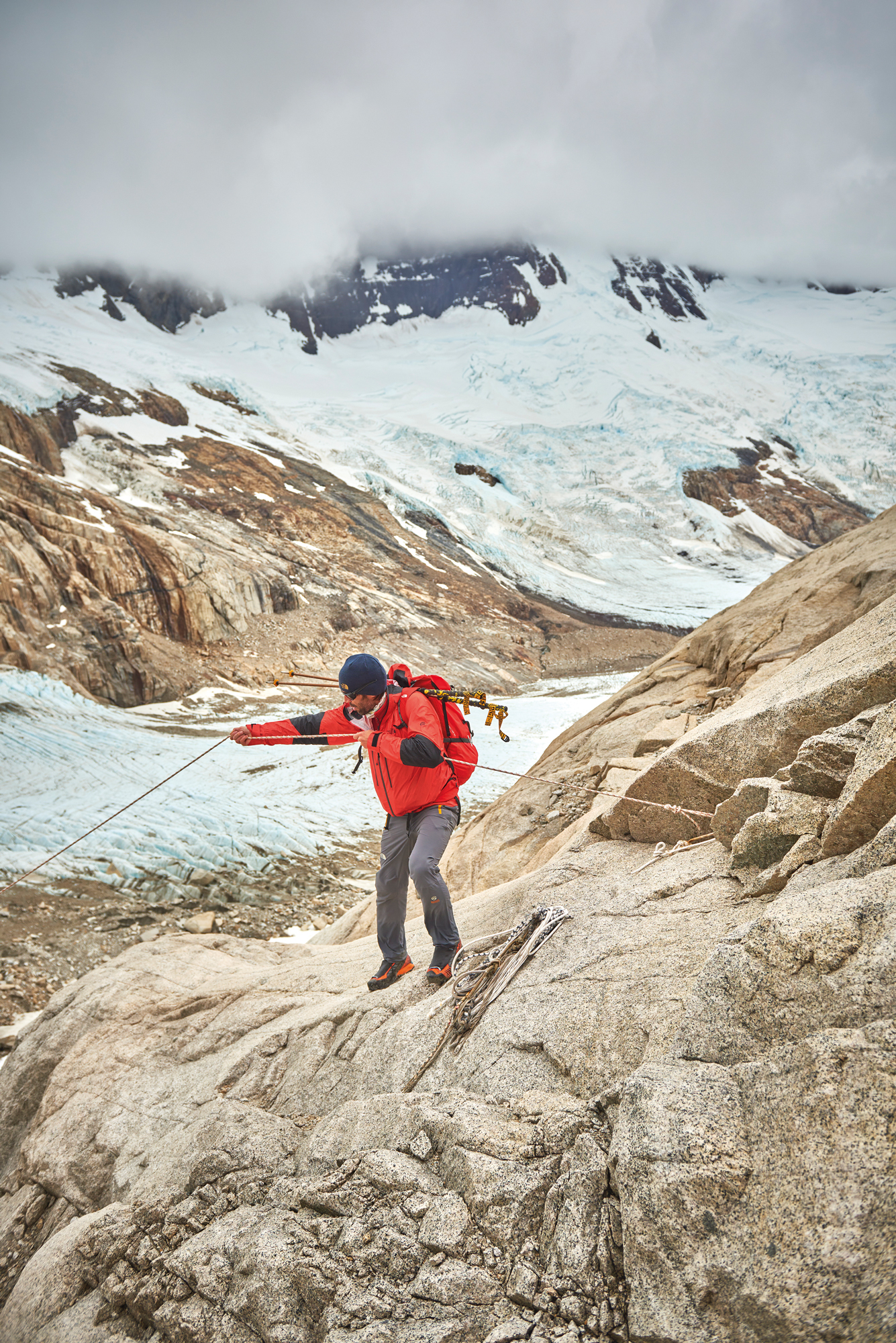
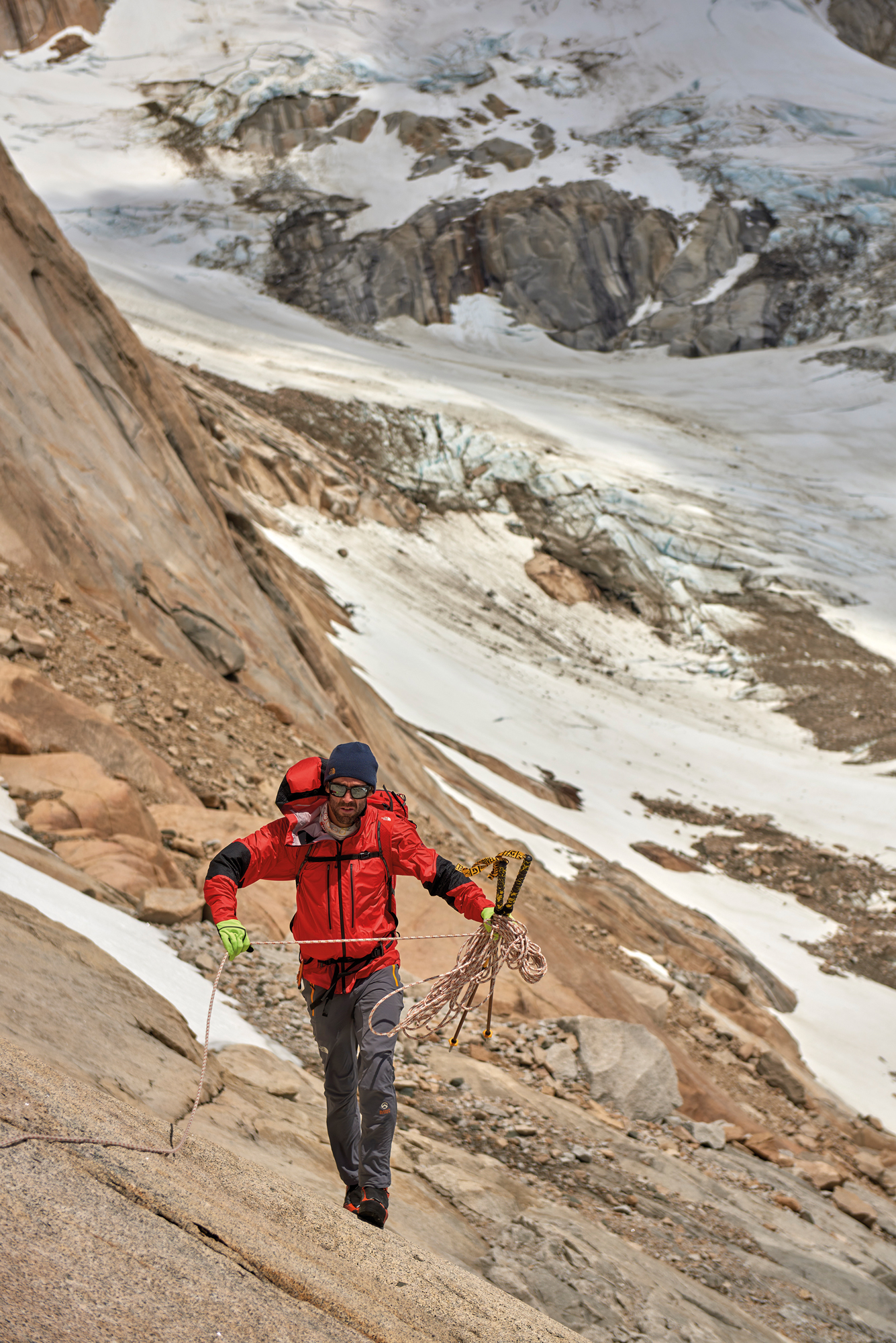
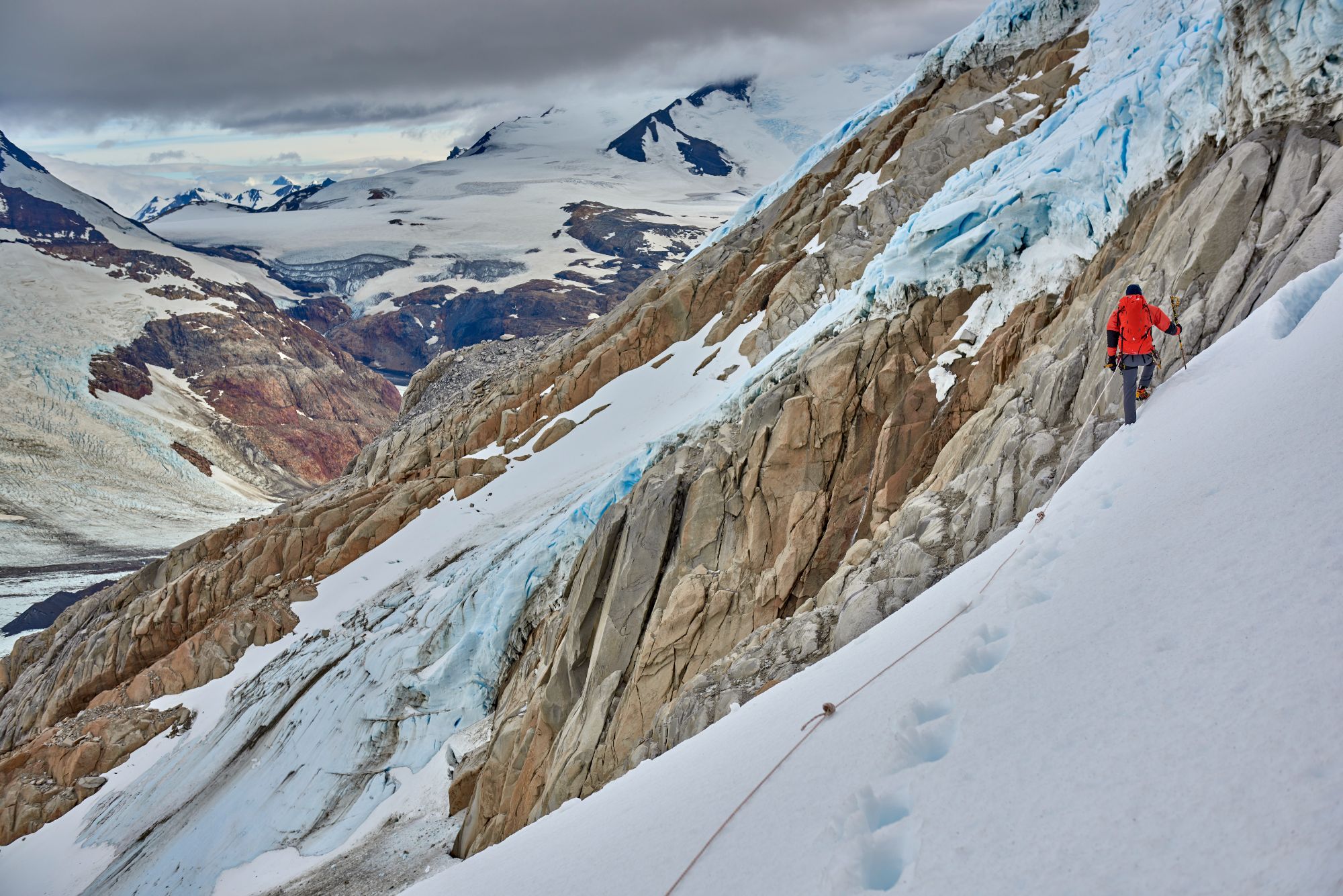
What could be a way for having a kind of “happy degrowth” of our resorts? “Let’s imagine an area that sees the presence of one million people in a winter season, 800,000 of them linked to skiing tourism, but we know that piste skiing is destined to die. How can I still have those same 800,000 people coming here by offering them a different type of tourism? Maybe a type of tourism where you don’t work 4 months, then there is a dead season, and then another 4 months, but you work all year round. Those same 800,000 people, spread over 12 months instead of 4 will bring a much more environmentally sustainable type of tourism. In my opinion, this is what we need to do: get those same tourists to arrive at different times, diversifying the offer linked to the mountains. Let’s take the Apennines for example: snow and ski tourism ended many years ago but the places have been preserved, they have remained very wild and this is, for example, what foreigners look for: pure and little-explored territories. One direction could be this, for example, to create parks and protect those areas, which should not be visited for anthropization or for the hotel offer, but for their naturalistic beauties. The parks of North and South America work for that, they give people pure, preserved nature, and that’s what we have to do too.”
Teodulo refuge has huge windows that overlook Matterhorn, a symbolic mountain which, due to its shape, is also used to describe other mountains in the world: Ama Dablan, for example, is described as the Matterhorn of the Himalayas. In addition the whole massif, due to its conformation, is so wild that it is defined as the European Himalaya. When Hervé looks at it, you can perceive all the love he has for this mountain, you understand why he gets so excited when it comes to protecting mountain, alpine or Himalayan environment. Today, when adventures in the mountains are becoming more and more popular, in fact, in addition to the normal activities in those areas, even the intense attendance of the glaciers and the most sought-after peaks certainly does not help the situation.
“The process for those who intend to devote themselves to outdoor disciplines in close contact with the wildest mountain must pass through culture and conscience, and you cannot find them online, but you find them through experience, yours and the one of others. Normally when you approach certain types of environments, such as glaciers, you have to rely on those who know the mountains well, i.e. mountain guides. One thing must be understood: the mountain is dangerous, when we visit it we accept the risk, but we must also accept the fact of respecting it, of climbing it according to its rules, not ours, leaving no traces of our passage. Glaciers are in great danger today, here in Breuil-Cervinia we are lucky: our glaciers and those around Monte Rosa will probably be the last ones to disappear, but sooner or later it will happen, who thinks that in 100 years there will still be glaciers in the Alps is delusional. But the reflection that we must do is not so much that there will no longer be something that allows us to do activities in the mountains, but that there will no longer be water, and water is life: today this should be everyone’s focus, the mountain will take on an importance it has never had, because it is necessary for human life.”
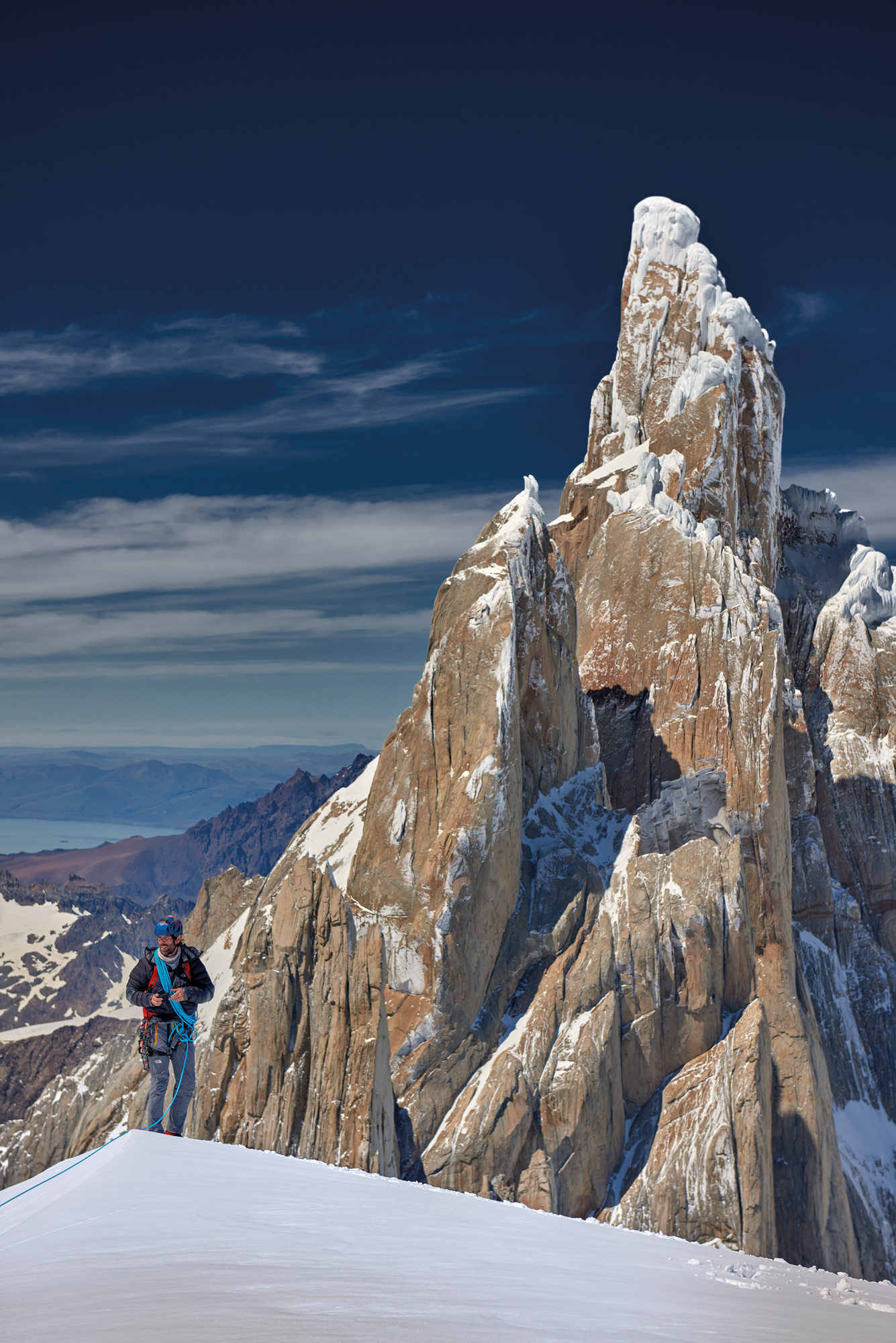
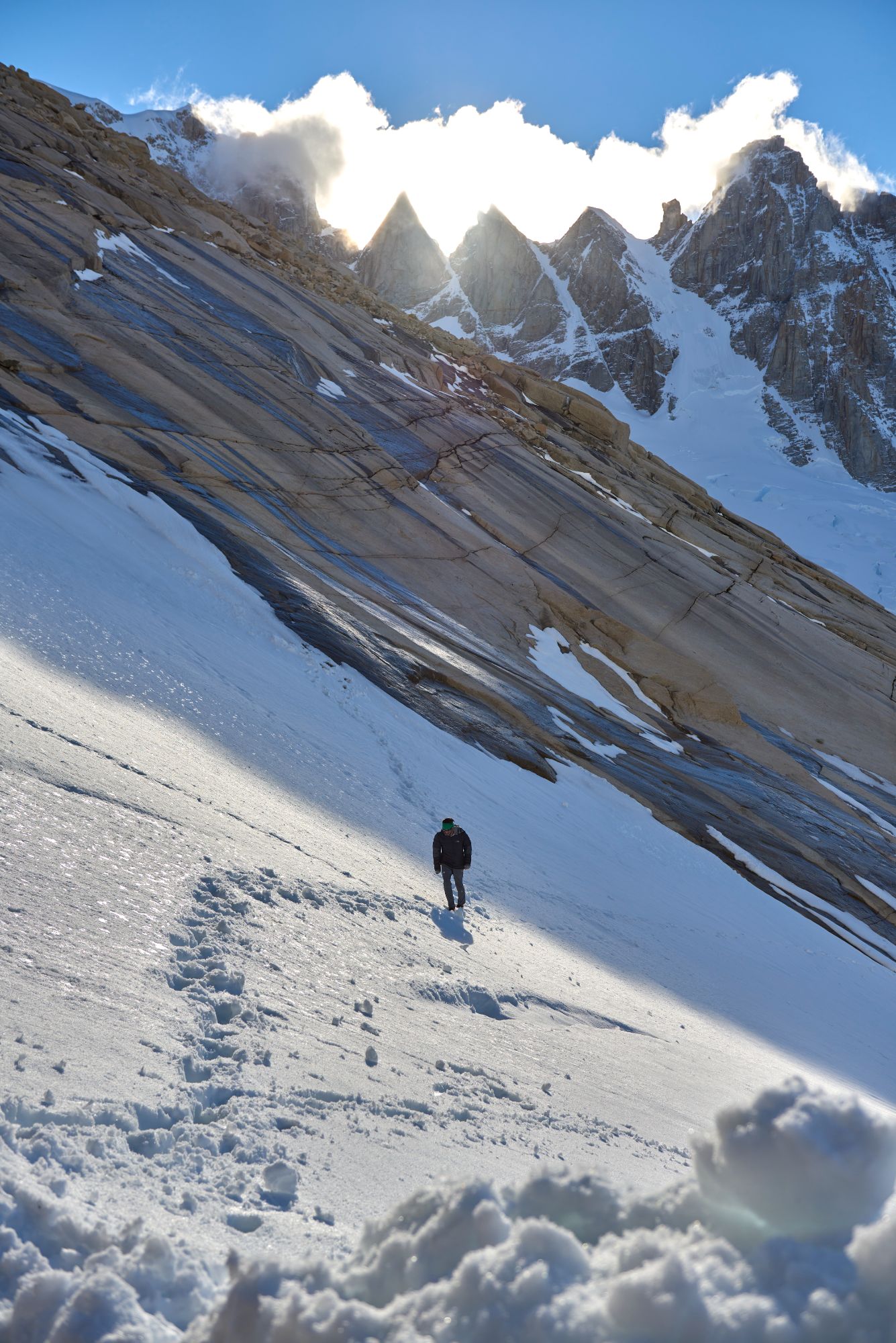
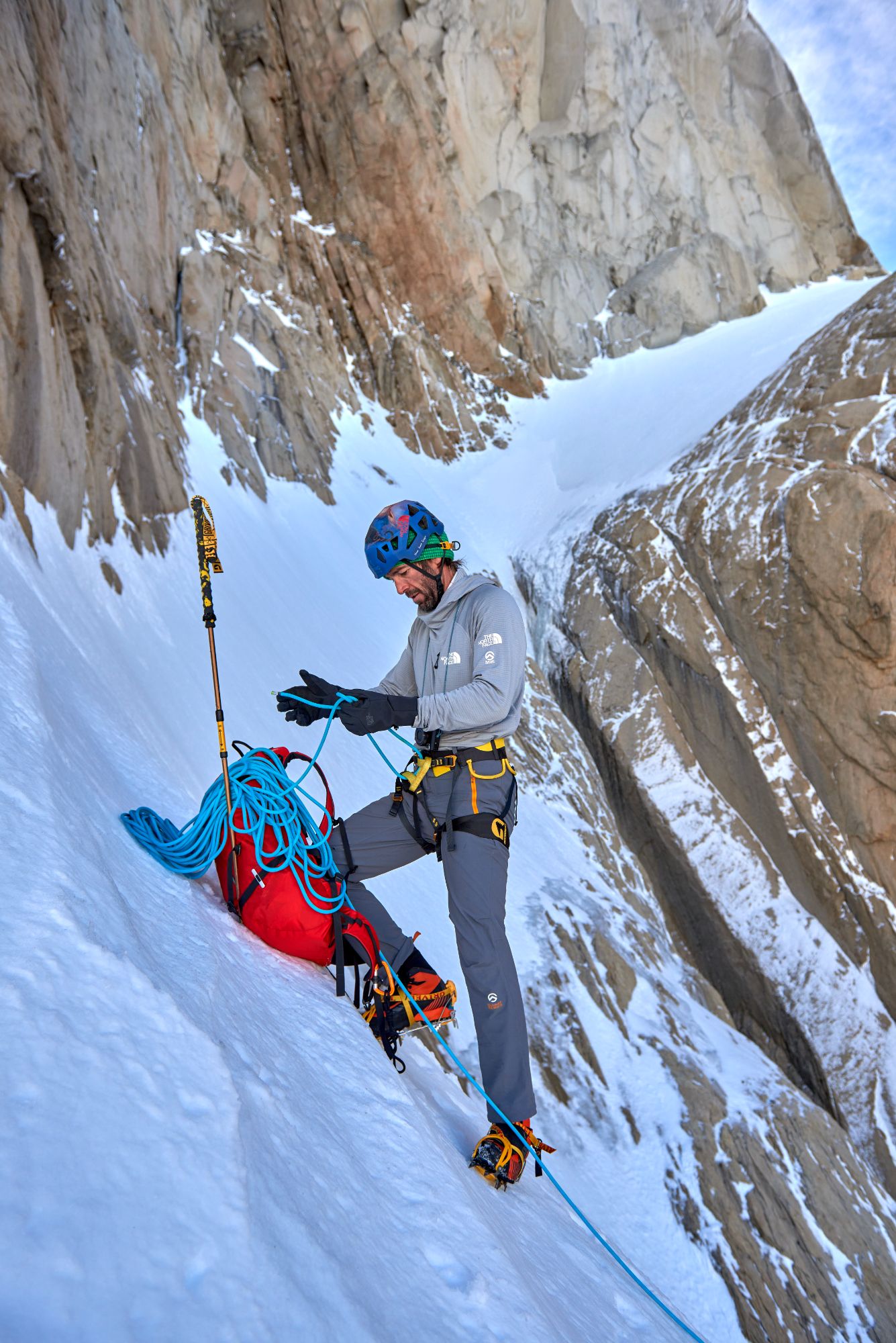
By now the moon is high and illuminates that perfect pyramid that is Matterhorn. “Every time I look at it I can’t help but think of how much we’ve been through together, sure, compared to the face of Nanga Parbat it looks almost small.” Hervé is about to leave again: while you are reading this interview, he will probably be acclimatizing in Nepal, between December 10th and Christmas, before attempting again the undertaking that he had to abandon last year due to bad weather: climbing an eight-thousander in winter and in alpine style (i.e. taking everything he needs with him and bringing it back down). “If we are disrespectful towards our home mountains, then what should we say about those of the Himalayas or Pakistan? Today we have reached the paradox, there is more and more talk of massification of K2: there are more and more tourists who climb it with oxygen and fixed ropes, which are literally plasticizing the mountain. Again: on Everest every year are abandoned 6 kilometers of fixed ropes, which once the season is over remain incorporated by the ice and can no longer be removed. Climbing an eight-thousander in this way is just an act of selfishness and vanity.”
Beyond tourists, however, there are also many athletes who frequent normal routes. “I believe that a serious mountaineer shouldn’t do this: the history of the eight-thousanders has already been largely written. You can’t climb it in alpine style? That’s ok: you will do a 6000m or a 4000m high mountain. I believe that even from outdoor companies there should be a little more seriousness in this, while instead they still continue to sponsor expeditions which contribute to plasticizing the mountain with fixed ropes. We have to start thinking about positive examples and those who represent the elite in this world, i.e. mountain guides and professional mountaineers, have the moral duty to satisfy their performance desires in a responsible way. For me, the only way to climb a mountain is in alpine style, but it’s not about a sporting achievement, about being more or less good at climbing a mountain, but it’s about leaving it more or less clean. I believe we should take up the example of the great mountaineers of the past, not to do something sensational, but to do something right.”
And that’s why you’re trying to climb again Nanga Parbat in winter? “David (Göttler) and my goal is to prove that you cn climb an eight-thousander in winter in alpine style. Maybe we went a little too far because we tried it on the biggest face in the world which, in winter, has never been climbed even in Himalayan style, so it would have been a truly sensational thing, but our motivation arose from the message we would have liked to conceive. Obviously it’s a very difficult thing: all eight-thousanders, in winter, at the moment have been climbed in Himalayan style. We failed the first attempt, but we know it’s possible to do it in an alpine style with the right weather conditions: that’s why we’re trying again but, unlike last year, we’ll first acclimatize in Nepal, and then we will decide which eight-thousander to climb based on the weather conditions.”
